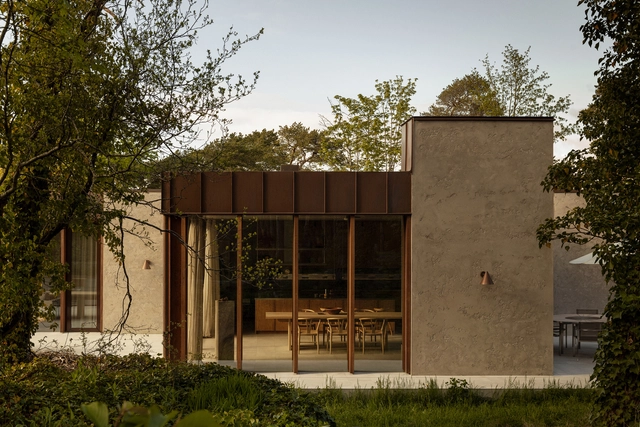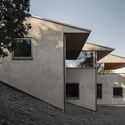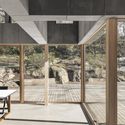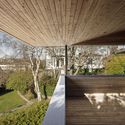
Horsö House / BROSS + NICK FLYGT
Merkurhuset Offices / Olsson Lyckefors Arkitektur

-
Architects: Olsson Lyckefors Arkitektur
- Area: 8000 m²
- Year: 2022
Five Rules of Great Scandinavian Design
.jpg?1645556927)
Scandinavian interiors and products have had an affinity with design excellence for the better part of a century. Although the local landscape is one of doubtless natural beauty, it remains frustratingly covered in darkness for a large portion of the year.
Villa Radal / Bornstein Lyckefors

-
Architects: Bornstein Lyckefors
- Area: 219 m²
- Year: 2019
-
Professionals: Rejnäsvillan
Mirrors in Architecture: Possibilities of Reflected Space

Humans have used mirrors since as early as 600 BCE, employing highly polished obsidian as a basic reflective surface. Over time, people began to use small pieces of gold, silver, and aluminum in a similar manner, both for their reflective properties and for decoration. By the 1st century CE, people had started using glass to make mirrors, but it was only during the European Renaissance that Venetian manufacturers began making mirrors by applying metallic backings to glass sheets, remaining the most common general method of mirror manufacturing today. Since then, mirrors have continued to play both a decorative and functional role in architecture, serving a clean, modern aesthetic despite its ancient origins. Below, we investigate how mirrors are made, provide a brief history of mirrors in architecture, and offer several tips for architects looking to use mirrors in their designs.
Lyceum University Building Conversion / Andreas Martin-Löf Arkitekter

-
Architects: Andreas Martin-Löf Arkitekter
- Area: 7551 m²
- Year: 2016
-
Manufacturers: Dornbracht, Borghamsten, Durvavit, Ebolicht, K.F.K Snickeri, +2
-
Professionals: Oscar Properties




























